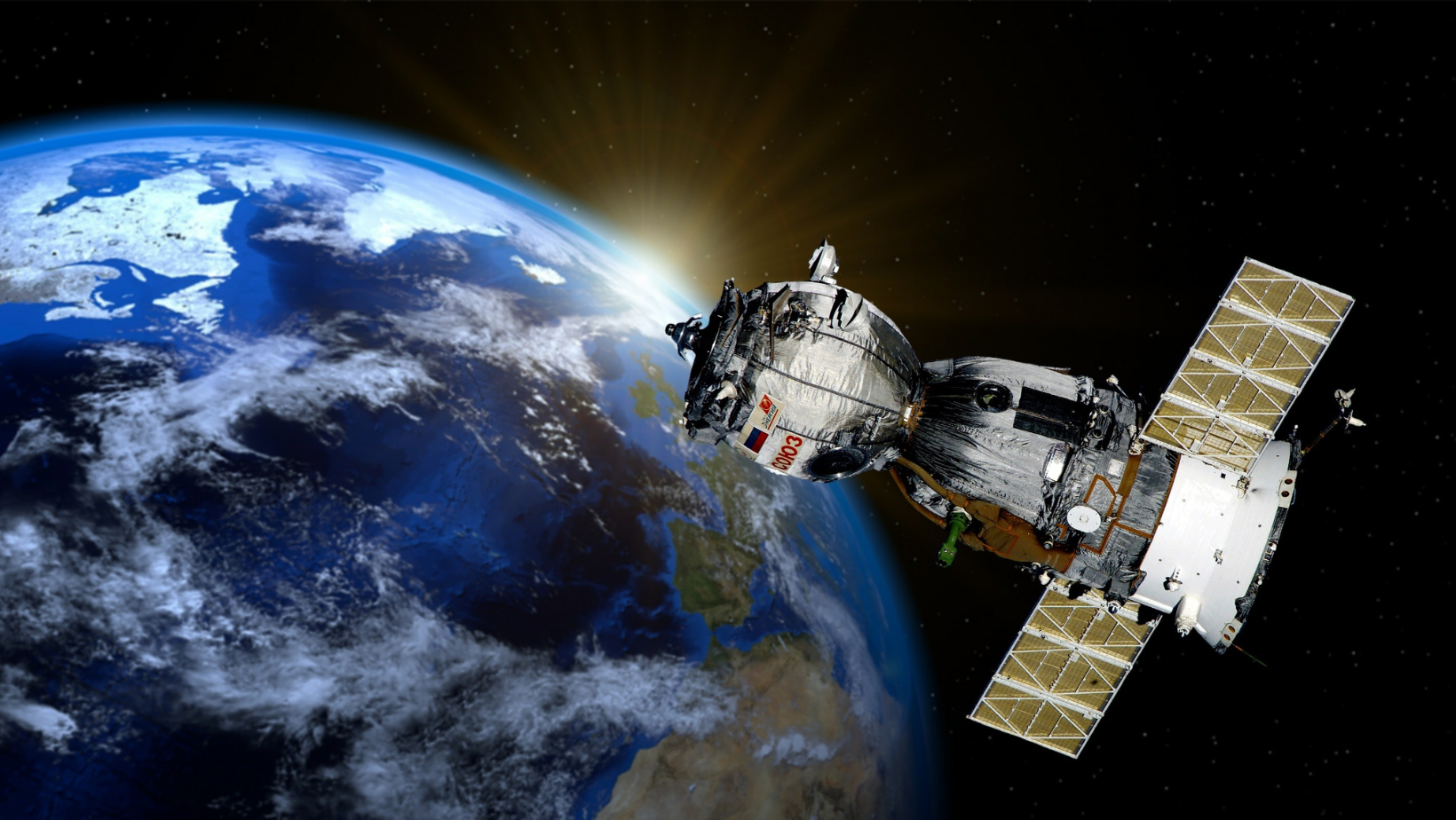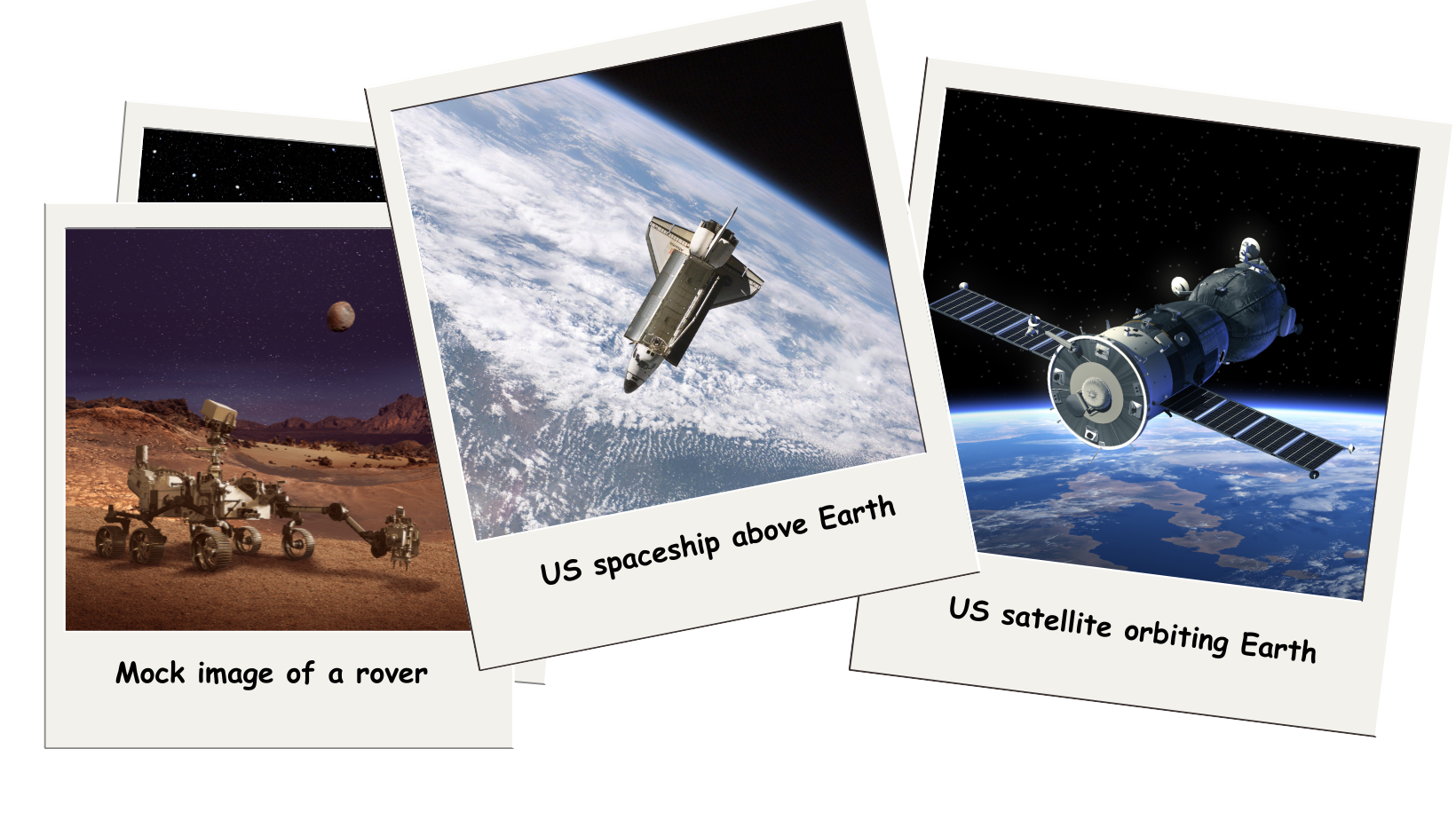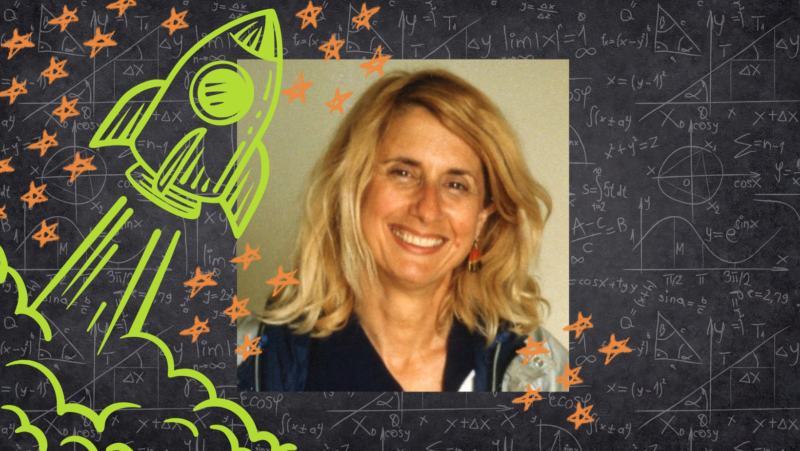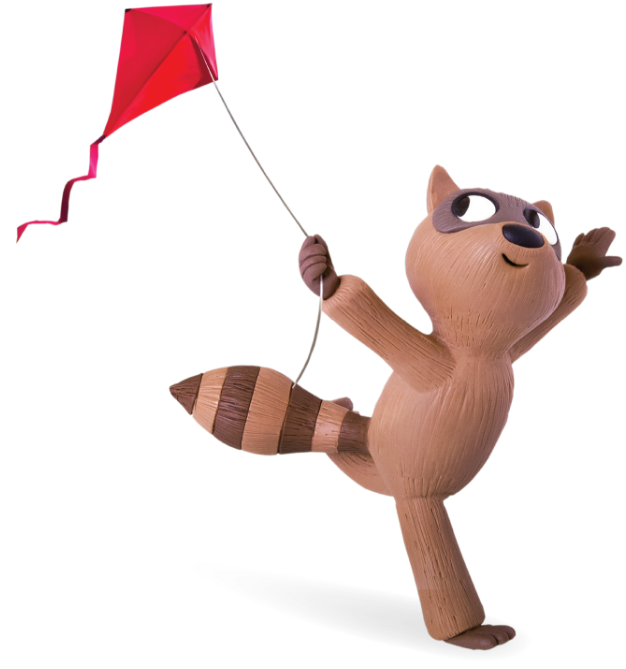Insights
Real-World Math: How Math Whiz Grace Wahba Helps Guide Spacecraft
Have you ever wondered how astronauts get to space and back safely? It takes a whole lot of math, and today we’re going to meet a real-life math whiz named Grace Wahba who helped make sure spaceships don’t get lost!
Imagine you’re playing a game of hide-and-seek in a giant park. You know your friend is somewhere around, but the park is soooo big! How would you find them? Well, if you know some clues, like which direction they went or what color shirt they’re wearing, it gets easier.

Spacecraft are kind of like tiny friends traveling in a giant universe. Scientists need to know exactly where they are and how they’re moving, but space is much bigger than any park! Here’s where Grace Wahba comes in.
The Space Travel Puzzle: Before the Math Whiz
Back in the day, figuring out a spacecraft’s location was a bit tricky. Scientists used telescopes and radio signals, but their calculations weren’t always perfect. It was like trying to find your friend in the park blindfolded.
Grace Wahba knew there had to be a better way. She was amazing at math, especially a kind of math called statistics. Statistics helps us understand patterns and make accurate predictions, even with a little uncertainty.

Photo by Jeff Miller
Grace Wahba’s influence extends far beyond ensuring spaceships don’t get lost. According to the Institute of Mathematical Statistics, Wahba is a pioneer in methods for smoothing noisy data. This accomplishment has applications in a surprising range of fields, including demographics, machine learning, DNA analysis, and even climate prediction. Her work has been recognized by the scientific community with numerous prestigious awards, solidifying her place as a leading figure in statistics.
The Math Behind the Mission
Using her math skills, Grace Wahba developed new ways to analyze those telescope and radio signals. Her methods were like using a special magnifying glass and a super clear walkie-talkie to find your friend in the park, even if they were hiding behind a tree.
Thanks to Grace Wahba’s work, scientists can now pinpoint a spacecraft’s location with much greater accuracy. This is super important for missions to the Moon, Mars, and beyond! We need to know exactly where our rovers are landing and how far our spaceships have traveled.

Real-World Math Makes a Difference
Have your kids ever asked, “When will we ever use math in the real world?” Here’s a cool fact: Because of Grace Wahba’s work, scientists were able to track a spacecraft called Cassini whizzing by Saturn’s moon Titan at a whopping speed of 123,700 kilometers per hour (that’s almost 77,000 miles per hour!) Now that’s some serious math helping us explore space!
So, next time you look up at the stars, remember Grace Wahba, the amazing math whiz who helped us track spaceships and explore the universe with greater precision. After all, even space adventures need a little math magic!
At ORIGO, we understand that statistics is typically introduced in later years of a student’s academic journey. However, a strong foundation in fundamental math concepts, including decimals, fractions, multiplication, and division, is crucial for success in higher-level mathematics like statistics. To give your child a head start on this exciting math journey, check out our resources below!
- Measurement Made Easy: Tips for Teaching Length, Weight, and Volume
- Understanding Place Value: Teaching the Value of Digits
- Fun and Engaging Activities for Learning Basic Multiplication and Division Facts
- Fun and Engaging Activities with Fractions and Decimals
- Promoting Critical Thinking in Math
Inspired by Grace’s story? Check out the free STEM lesson plan below, and try your hand at some space math yourself!
STEM Activity: Speed, Distance, and Time Exploration
Grades K-2: Speed and Distance
Learning Objectives: Students will understand the concepts of speed, distance, and time. They will be able to compare travel times for different modes of transportation.
Materials:
- Pictures or drawings of different modes of transportation (walking, biking, car)
- Large paper or whiteboard for creating a timeline or chart
- Markers or crayons
Lesson Plan:
- Introduction: Discuss different ways to travel to school (walking, biking, car, bus). Ask students which is fastest and slowest over the same distance.
- Activity: Create a timeline or chart with three columns: mode of transportation, route distance, and travel time. Ask students to estimate the actual distance traveled to school using each mode, considering the specific routes taken rather than just a straight-line measurement.
- Data Collection: Have students estimate the actual distance traveled and time taken for each mode of transportation. Collect their estimates and discuss the range of answers. Introduce the concept of average travel time and explore variations in estimates based on different routes.
- Exploration: Discuss factors that affect travel time, such as traffic, weather, and route distance. Encourage students to compare their travel times with classmates, considering how different travel routes—not just modes of transportation—impact their results. Have students explain their reasoning based on real-world conditions.
Math Focus:
- Counting and number sense
- Comparing quantities (faster, slower)
- Estimation and prediction
- Data collection and representation
STEM Activity: Mission to Mars: Fuel Efficiency Challenge!
Grades 3-5: Fuel Efficiency and Distance
This STEM activity combines concepts of multiplicative comparisons with space exploration, encouraging critical thinking and problem-solving skills.
Learning Objectives:
- Students will use multiplicative comparisons to analyze fuel efficiency, describing how different rocket engines require “times as much” or “times as little” fuel to travel a given distance.
- Students will apply multiplication and problem-solving skills to calculate the fuel needed for space travel, demonstrating their understanding through written explanations and number sentences.
- Students will design and evaluate a model Mars rover, explaining how size, weight, and fuel efficiency impact space travel, and presenting their findings to the class.
Materials:
- Construction materials (cardboard, straws, tape, etc.)
- Rulers
- Markers
- String or yarn
- Math worksheets with distance and fuel data (see below)
- Optional: Images of different spacecraft designs
Lesson Plan:
Day 1: Introduction to Space Travel and Multiplicative Comparisons
Engage:
Begin by showing images or videos of rockets and spacecraft. For example, present a brief video segment of a rocket launch (e.g., SpaceX Falcon 9) alongside pictures of Mars rovers. Discuss the challenges of space travel, including the need for efficient fuel usage.
Introducing Multiplicative Comparisons:
Explain that when we compare two amounts in math, we can say how many times as much one is compared to the other. Give a real-world example:
- “A tree that is 12 feet tall is 3 times as tall as a 4-foot tree.”
- “If one rocket uses 5 times as much fuel as another to go the same distance, we say it needs 5 times more fuel.”
Write these statements on the board and show how they relate to multiplication.
Practice with Multiplicative Comparisons:
Provide practice problems like:
- A small rover weighs 50 kg. A larger rover is 4 times as heavy. How much does the larger rover weigh?
- A mission to the Moon takes 3 days. A mission to Mars takes 8 times as long. How many days does the Mars mission take?
Encourage students to write number sentences to match their answers.
Day 2: Mission Briefing and Fuel Efficiency Calculations
Mission Briefing:
Introduce the scenario: Students will plan how much fuel their spacecraft needs to reach a target distance.
Fuel Efficiency Data:
Distribute worksheets with information about three types of rocket engines. Describe the engines in terms of times as much fuel needed:
| Engine Type | Distance per 1 Liter of Fuel |
| High-efficiency engine | 10 km per 1 L of fuel |
| Average-efficiency engine | 5 km per 1 L of fuel |
| Low-efficiency engine | 2 km per 1 L of fuel |
Fuel Calculations:
Have students solve problems like:
- A high-efficiency engine travels 5 times as far on 1 liter of fuel as a low-efficiency engine. If a low-efficiency engine can travel 2 km on 1 liter of fuel, how far can a high-efficiency engine go?
- If a high-efficiency engine uses half as much fuel as an average-efficiency engine for the same trip, and the average-efficiency engine needs 20 liters of fuel, how many liters does the high-efficiency engine need?
(Optional) Day 3: Design Challenge and Testing
Design Challenge:
Students design and build a model Mars rover using materials such as LEGO bricks, cardboard, straws, and tape. Discuss how the size and weight of the rover might affect fuel usage.
Testing (Optional):
If possible, set up a testing ground where students roll their rovers and measure the distance traveled. Compare how different designs might affect movement.
(Optional) Day 4: Presentations and Debrief
Presentations:
Students explain their rover designs and how their fuel calculations influenced their choices.
Debrief Discussion:
- What trade-offs exist between different types of rocket engines?
- Why might astronauts choose an engine that uses less fuel but takes longer vs. one that uses more fuel but is faster?
- How do real-world space missions make these decisions?
Assessment:
- Observe student participation in discussions and activities.
- Collect and assess the completed worksheets on multiplicative comparisons and fuel calculations.
- Review student presentations and their design choices related to fuel efficiency.
Differentiation:
Younger Students (3rd Grade):
- Use whole number fuel comparisons (e.g., one engine uses 3 times as much fuel as another).
- Provide visual aids (such as blocks or pictures) to represent distances and fuel units.
- Work through problems together as a class before independent practice.
Advanced Students (5th Grade):
- Introduce larger numbers and multi-step problems (e.g., “A mission to Jupiter takes 12 times as long as a trip to Mars. If a Mars trip takes 8 months, how long does the Jupiter trip take?”).
- Allow students to research real spacecraft fuel efficiencies and create their own comparisons.



